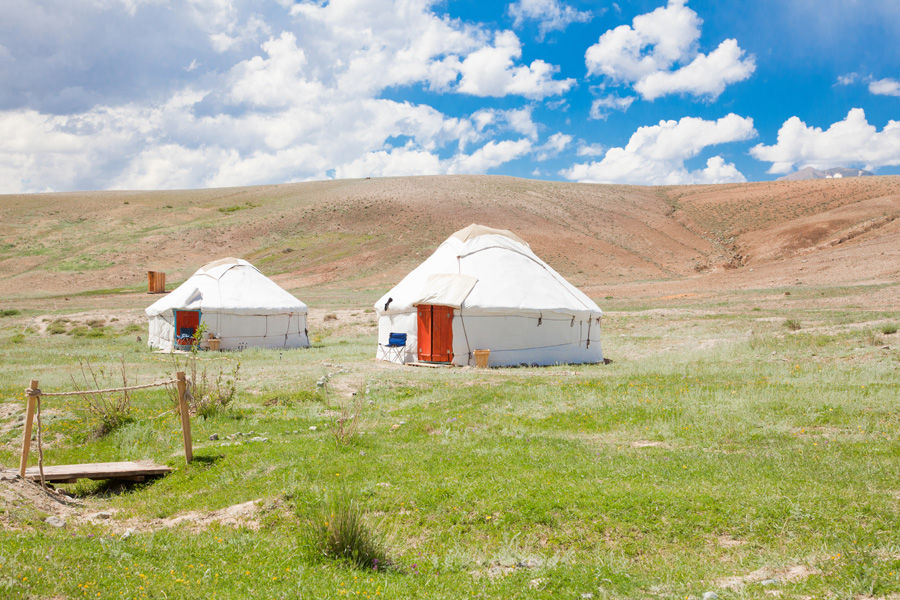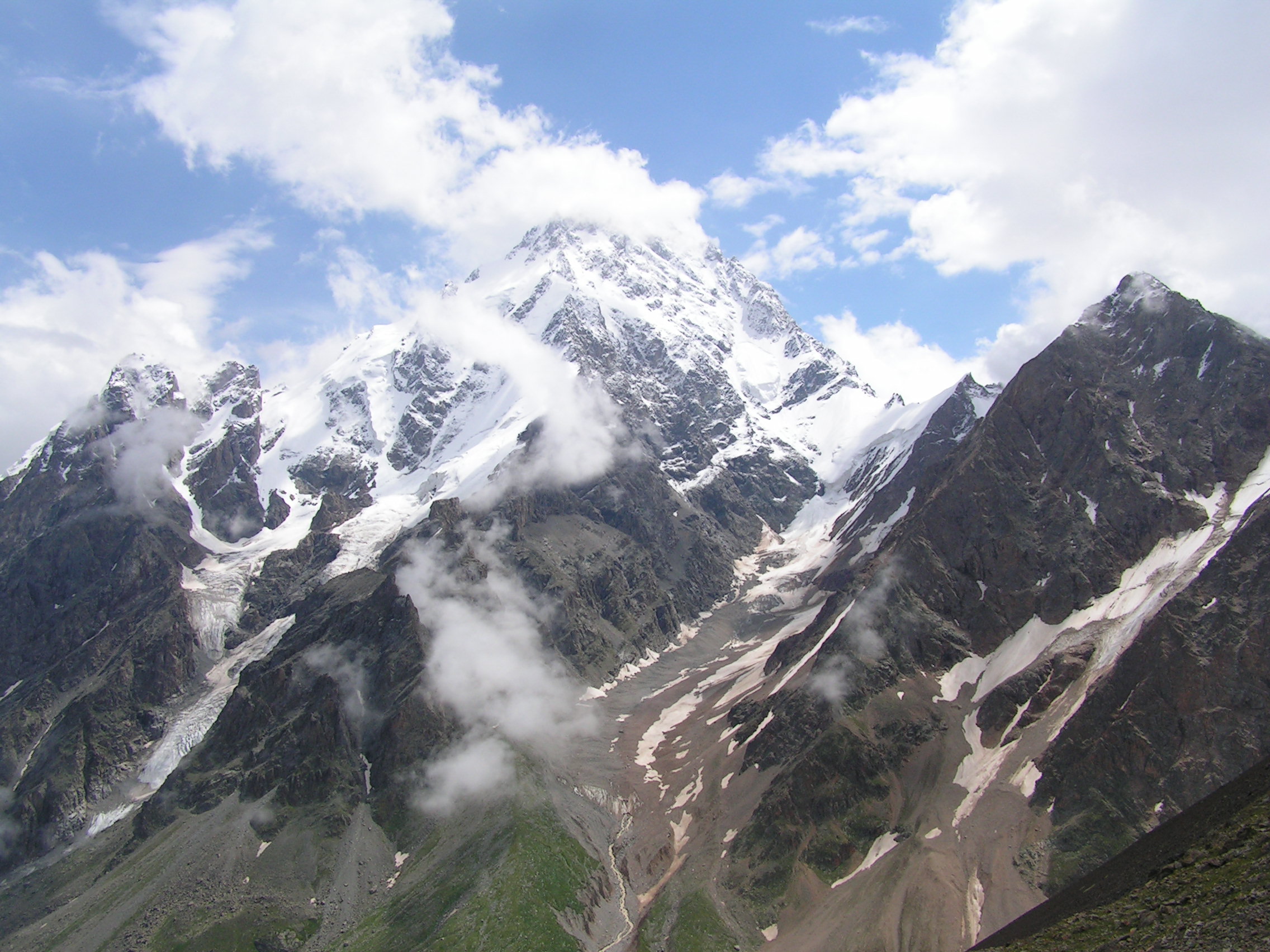|
Kuray Mountains
The Kuray Mountains are a mountain range in the Altai Republic, Russia. Description Bounded to the south by the Kuray and Chuya Basins, the Kuray mountains form the northern part of a metamorphic dome complex. The highest peak is Tydtuyaryk at . Major rivers flow from the Kuray mountains predominantly to the north, where they continue for several hundred kilometres through the northern Altai Mountains, passing through Lake Teletskoye. See also *List of mountains and hills of Russia This is a list of mountains and hills of Russia. List by elevation Over 5000 meters 4000 to 4999 meters 3000 to 3999 meters 2000 to 2999 meters 1000 to 1999 meters Under 1000 metres See also *Highest points of Russian Federal s ... References Mountain ranges of Russia Landforms of the Altai Republic Altai Mountains {{AltaiRepublic-geo-stub ... [...More Info...] [...Related Items...] OR: [Wikipedia] [Google] [Baidu] |
Altai Mountains
The Altai Mountains (), also spelled Altay Mountains, are a mountain range in Central Asia, Central and East Asia, where Russia, China, Mongolia and Kazakhstan converge, and where the rivers Irtysh and Ob River, Ob have their headwaters. The massif merges with the Sayan Mountains in the northeast, and gradually becomes lower in the southeast, where it merges into the high plateau of the Gobi Desert. It spans from about 45° to 52° N and from about 84° to 99° E. The region is inhabited by a sparse but ethnically diverse population, including Russian people, Russians, Kazakh people, Kazakhs, Altai people, Altais, Mongol people, Mongols and Volga Germans, though predominantly represented by indigenous ethnic minorities of semi-nomadic stock. The local economy is based on bovine, sheep, horse animal husbandry, husbandry, hunting, agriculture, forestry, and mining. The Altaic languages, Altaic language family takes its name from this mountain range. Etymology and modern names ... [...More Info...] [...Related Items...] OR: [Wikipedia] [Google] [Baidu] |
South Siberian Mountains
The South Siberian Mountains ( rus, Южно-Сибирские горы) are one of the largest mountain systems of the Russian Federation. The total area of the system of mountain ranges is more than 1.5 million km². The South Siberian Mountains are located in the Siberian and Far Eastern Federal Districts of Russia, as well as partly in Mongolia. The territory of the mountain system is one of the Great Russian Regions. Geography The system is composed of a number of ranges aligned in an east–west direction stretching for almost . Part of them are near the border with Mongolia and China, while others rise further north. To the south the South Siberian ranges merge with the Mongolian and Chinese mountain chains and plateaus. In the west lies the Dzungarian Basin and to the east the Mongolian Plateau. To the north the South Siberian Mountains merge with the West Siberian Lowland and the Central Siberian Plateau, both on the Russian side. To the southeast the Baikal Range is se ... [...More Info...] [...Related Items...] OR: [Wikipedia] [Google] [Baidu] |
Altai Republic
The Altai Republic (; russian: Респу́блика Алта́й, Respublika Altay, ; Altai: , ''Altay Respublika''), also known as Gorno-Altai Republic, and colloquially, and primarily referred to in Russian to distinguish from the neighbouring Altai Krai as the Gornyi Altai (russian: Горный Алтай, lit=the mountainous Altai), is a republic of Russia located in southern Siberia. It is a part of the Siberian Federal District, and covers an area of ; with a population of 210,924 residents. It is the least-populous republic of Russia and least-populous federal subject in the Siberian Federal District. Gorno-Altaysk is the capital and the largest town of the republic. The Altai Republic is one of Russia's ethnic republics, primarily representing the indigenous Altai people, a Turkic ethnic group that form 35% of the Republic's population, while ethnic Russians form a majority at 57%, and with minority populations of Kazakhs, other Central Asian ethnicities, and Germa ... [...More Info...] [...Related Items...] OR: [Wikipedia] [Google] [Baidu] |
Mountain Range
A mountain range or hill range is a series of mountains or hills arranged in a line and connected by high ground. A mountain system or mountain belt is a group of mountain ranges with similarity in form, structure, and alignment that have arisen from the same cause, usually an orogeny. Mountain ranges are formed by a variety of geological processes, but most of the significant ones on Earth are the result of plate tectonics. Mountain ranges are also found on many planetary mass objects in the Solar System and are likely a feature of most terrestrial planets. Mountain ranges are usually segmented by highlands or mountain passes and valleys. Individual mountains within the same mountain range do not necessarily have the same geologic structure or petrology. They may be a mix of different orogenic expressions and terranes, for example thrust sheets, uplifted blocks, fold mountains, and volcanic landforms resulting in a variety of rock types. Major ranges Most geolo ... [...More Info...] [...Related Items...] OR: [Wikipedia] [Google] [Baidu] |
Russia
Russia (, , ), or the Russian Federation, is a List of transcontinental countries, transcontinental country spanning Eastern Europe and North Asia, Northern Asia. It is the List of countries and dependencies by area, largest country in the world, with its internationally recognised territory covering , and encompassing one-eighth of Earth's inhabitable landmass. Russia extends across Time in Russia, eleven time zones and shares Borders of Russia, land boundaries with fourteen countries, more than List of countries and territories by land borders, any other country but China. It is the List of countries and dependencies by population, world's ninth-most populous country and List of European countries by population, Europe's most populous country, with a population of 146 million people. The country's capital and List of cities and towns in Russia by population, largest city is Moscow, the List of European cities by population within city limits, largest city entirely within E ... [...More Info...] [...Related Items...] OR: [Wikipedia] [Google] [Baidu] |
Chuya Basin
The Chuya Steppe (russian: Чуйская степь) in the Siberian Altai Mountains is a depression formed by tectonic movement of major faults in the Earth's crust. Its name comes from the large river which runs through the steppe, the Chuya River. Major settlements Kosh-Agach is a major village in the north of the steppe. Other large settlements include Chaganuzun and Beltir. Geology The Chuya Steppe is filled with Cenozoic sediments, derived from the surrounding mountains of the Chuya Belki. Seismicity The 7.3 Altai earthquake shook South Central Siberia with a maximum Mercalli intensity The Modified Mercalli intensity scale (MM, MMI, or MCS), developed from Giuseppe Mercalli's Mercalli intensity scale of 1902, is a seismic intensity scale used for measuring the intensity of shaking produced by an earthquake. It measures the eff ... of X (''Extreme''), causing $10.6–33 million in damage, three deaths, and five injuries. Grasslands of Russia Geography of Sibe ... [...More Info...] [...Related Items...] OR: [Wikipedia] [Google] [Baidu] |
Metamorphic Rock
Metamorphic rocks arise from the transformation of existing rock to new types of rock in a process called metamorphism. The original rock (protolith) is subjected to temperatures greater than and, often, elevated pressure of or more, causing profound physical or chemical changes. During this process, the rock remains mostly in the solid state, but gradually recrystallizes to a new texture or mineral composition. The protolith may be an igneous, sedimentary, or existing metamorphic rock. Metamorphic rocks make up a large part of the Earth's crust and form 12% of the Earth's land surface. They are classified by their protolith, their chemical and mineral makeup, and their texture. They may be formed simply by being deeply buried beneath the Earth's surface, where they are subject to high temperatures and the great pressure of the rock layers above. They can also form from tectonic processes such as continental collisions, which cause horizontal pressure, friction, and distorti ... [...More Info...] [...Related Items...] OR: [Wikipedia] [Google] [Baidu] |
Lake Teletskoye
Lake Teletskoye (russian: Телецкое озеро, lit=the lake of the ; ) is the largest lake in the Altai Mountains and the Altai Republic, Russia, and has depth up to 325 meters. Situated at a height of above the sea level, the lake is long and wide and lies between the mountain ridges Korbu and Al-tyntu, on the junction of the Sailughem Mountains and the Western Sayans. Its surface area is ; however, due to its considerable depth (), the lake contains no less than 40 km³ (9.6 cubic miles) of fresh water. Annual water level fluctuations are estimated at some 348 sm. The lake transparency is high, with the visibility of the lake water ranging from six to fourteen meters. About 70 rivers and 150 temporary streams flow into the lake, the largest of them, Chulyshman River, supplying more than half of the lake's water. The lake is drained through a single outlet, the Biya River, which, after its confluence with the Katun River, forms one of Siberia's largest river ... [...More Info...] [...Related Items...] OR: [Wikipedia] [Google] [Baidu] |
List Of Mountains And Hills Of Russia ...
This is a list of mountains and hills of Russia. List by elevation Over 5000 meters 4000 to 4999 meters 3000 to 3999 meters 2000 to 2999 meters 1000 to 1999 meters Under 1000 metres See also *Highest points of Russian Federal subjects *List of Altai mountains *List of mountains in Mongolia *List of mountains in China *List of ultras of Northeast Asia *List of volcanoes in Russia *List of lakes of Russia Notes References External links Russia - Highest Mountainsfrom GeoNamesfrom World AtlasRussia mountainsfrom Peakery {{Russia topics Russia Russia Russia Mountains and hills Russia Russia Russia (, , ), or the Russian Federation, is a List of transcontinental countries, transcontinental country spanning Eastern Europe and North Asia, Northern Asia. It is the List of countries and dependencies by area, largest country in the ... [...More Info...] [...Related Items...] OR: [Wikipedia] [Google] [Baidu] |
Mountain Ranges Of Russia
A mountain is an elevated portion of the Earth's crust, generally with steep sides that show significant exposed bedrock. Although definitions vary, a mountain may differ from a plateau in having a limited summit area, and is usually higher than a hill, typically rising at least 300 metres (1,000 feet) above the surrounding land. A few mountains are isolated summits, but most occur in mountain ranges. Mountains are formed through tectonic forces, erosion, or volcanism, which act on time scales of up to tens of millions of years. Once mountain building ceases, mountains are slowly leveled through the action of weathering, through slumping and other forms of mass wasting, as well as through erosion by rivers and glaciers. High elevations on mountains produce colder climates than at sea level at similar latitude. These colder climates strongly affect the ecosystems of mountains: different elevations have different plants and animals. Because of the less hospitable terrain and ... [...More Info...] [...Related Items...] OR: [Wikipedia] [Google] [Baidu] |
Landforms Of The Altai Republic
A landform is a natural or anthropogenic land feature on the solid surface of the Earth or other planetary body. Landforms together make up a given terrain, and their arrangement in the landscape is known as topography. Landforms include hills, mountains, canyons, and valleys, as well as shoreline features such as bays, peninsulas, and seas, including submerged features such as mid-ocean ridges, volcanoes, and the great ocean basins. Physical characteristics Landforms are categorized by characteristic physical attributes such as elevation, slope, orientation, stratification, rock exposure and soil type. Gross physical features or landforms include intuitive elements such as berms, mounds, hills, ridges, cliffs, valleys, rivers, peninsulas, volcanoes, and numerous other structural and size-scaled (e.g. ponds vs. lakes, hills vs. mountains) elements including various kinds of inland and oceanic waterbodies and sub-surface features. Mountains, hills, plateaux, and plains are the fou ... [...More Info...] [...Related Items...] OR: [Wikipedia] [Google] [Baidu] |






.jpg)